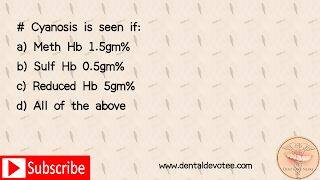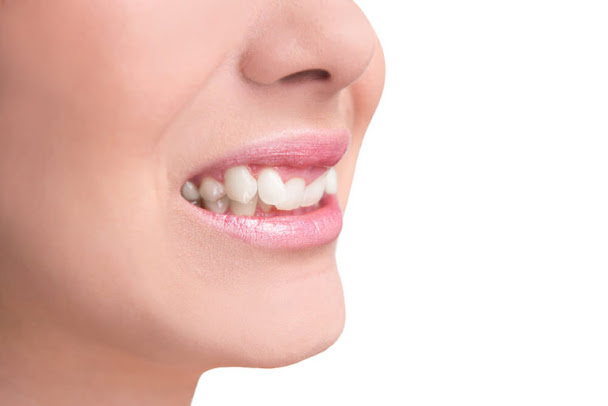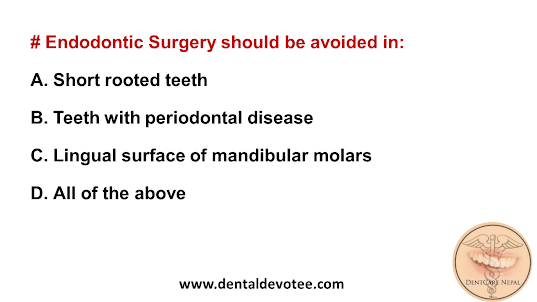When 30-50% of the upper
teeth protrude over the lower teeth, an overbite occurs.
Many reasons contribute
to overbite problems in children. In this article, let’s first understand the
types of overbite problems that exist, what are their causes and how they can
be treated.
Types of Overbites
They are of two types:
Vertical overbite: The top teeth
significantly overlap the bottom teeth
Horizontal overbite: The top teeth protrude
over the bottom teeth
Overbites
are also categorized as dental or skeletal in nature.
·
In dental overbites, the teeth cause the overbite to form.
·
In skeletal overbites, the jaw is responsible for the overbite
to occur.
The overbite teeth problem is the most common type of bite
problem and occurs due to a lot of reasons. Let us delve into some:
Causes of Overbite Teeth Problem
·
Improper jaw development
This
is the most common cause of overbites. Overbites can occur if there is too much
room in the jaw area or if there is too little room to accommodate the teeth
size.
·
Thumb sucking and tongue
thrusting
Habits
like thumb-sucking and tongue thrusting in infants and children push the tongue
against the back of the teeth, which can produce an overbite.
·
Genetics
Overbites can even occur because of
hereditary or genetics as the genes have a role to play in the natural eruption
of teeth.
The
earlier you treat your child’s overbite, the better their jaw and teeth will be
able to develop. If left untreated, your child’soverbite problem may worsen
over time, and he/she may have to undergo extensive treatments later on.
Based on the severity of
the problem, here are some issues your child may face due to an overbite:
If an overbite goes
untreated, it could alter the face structure dramatically and lead to
self-esteem issues in your child.
Other problems include:
- Speech problems
- Jaw pain
- Low self-esteem
- Discomfort while eating
- Severe headaches
- Trouble in opening and closing
the mouth
- Sleep apnea
How Can Overbite be Fixed in Children?
Your orthodontist will
tell you that overbite correction in children is easy as
their jaw is still in the developmental stage. They will take an x-ray and
prescribe a treatment plan for your child.
- In case your child is very young,
the orthodontist may remove their baby teeth to create room for the
permanent teeth to grow straight.
- If your child is old enough, the
orthodontist may recommend dental braces. These braces will help to move
the teeth slowly to correct the overbite as well as the jaw.
Timely and early orthodontic evaluation will
best determine how to prevent dental issues from occurring in your child. If
your child shows signs of an overbite coming in, make sure to spot the signs
early and consult your orthodontist.
If your child is seven
years old and above, you should start making regular visits to the dentist. If
a treatment plan to fix an overbite is given to your child, it is essential
that they receive your full support as it will be a challenging time for them.
Make sure that your
child practices good oral hygiene habits so that further dental problems don’t
take place.
Author
Bio:
Dr.
Satish Pai is an orthodontist and an Ivy League trained dentist who has and has
served as a faculty at Columbia University. He believes that a perfect smile
not only makes a person look great but feel great. As the founder of
Putnam Orthodontics and Rome Orthodontics, he is dedicated to providing the
best orthodontic treatments to his patients. He also writes to educate people
about everything orthodontics and the importance of correctly aligned teeth
along with good oral health. In his free time, you can find him golfing, doing
yoga or surfing, and spending time with his family.

















































